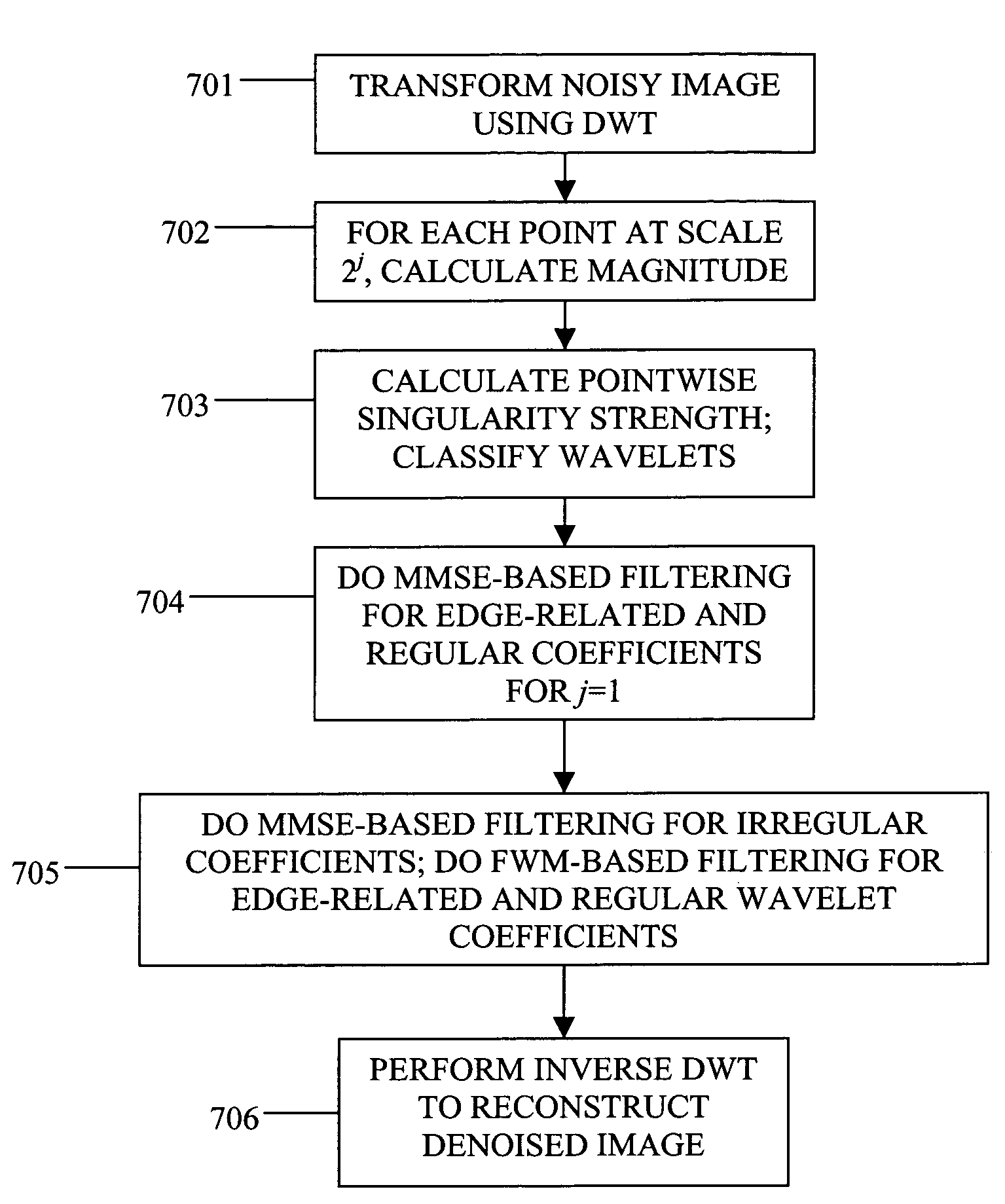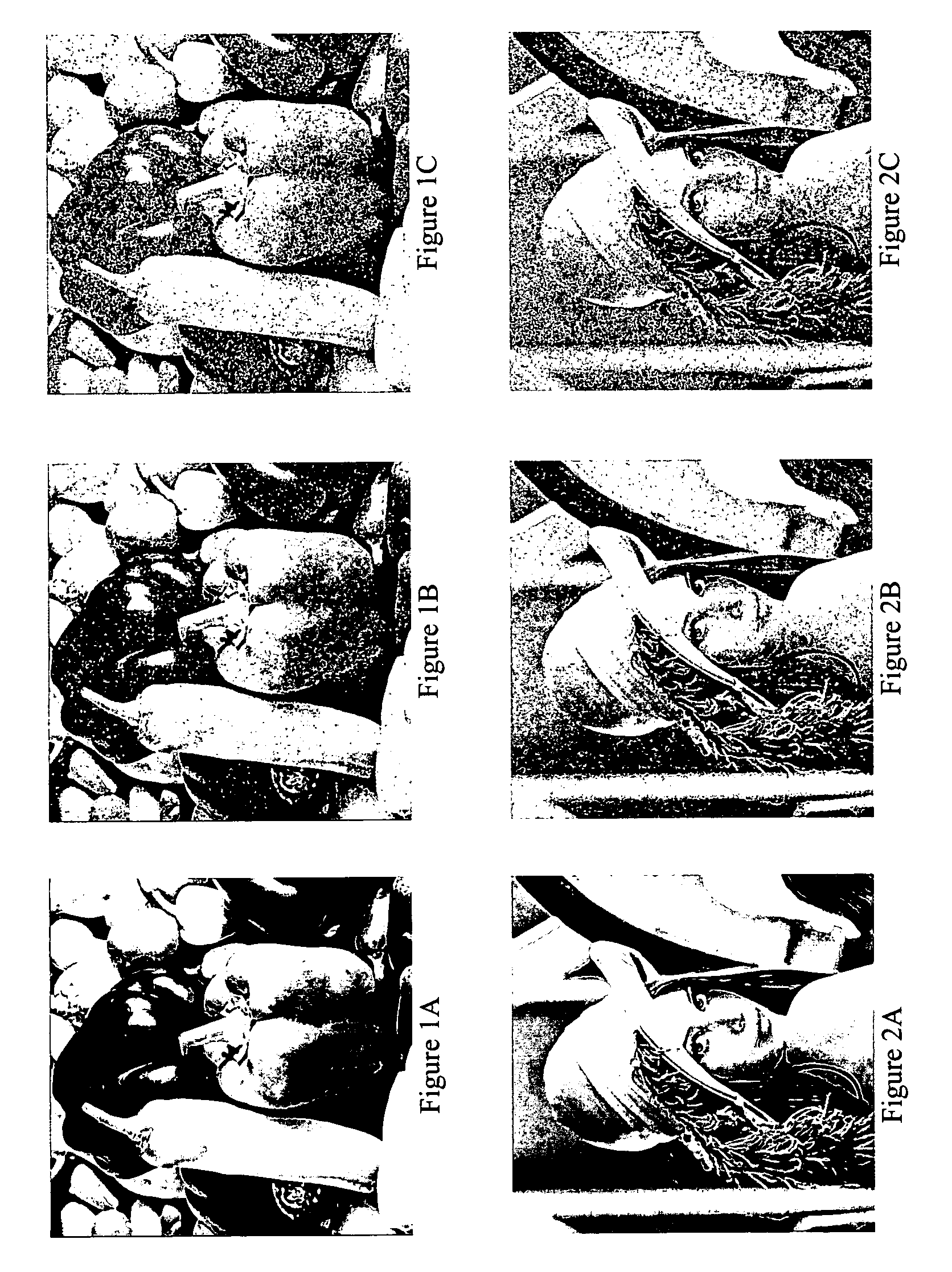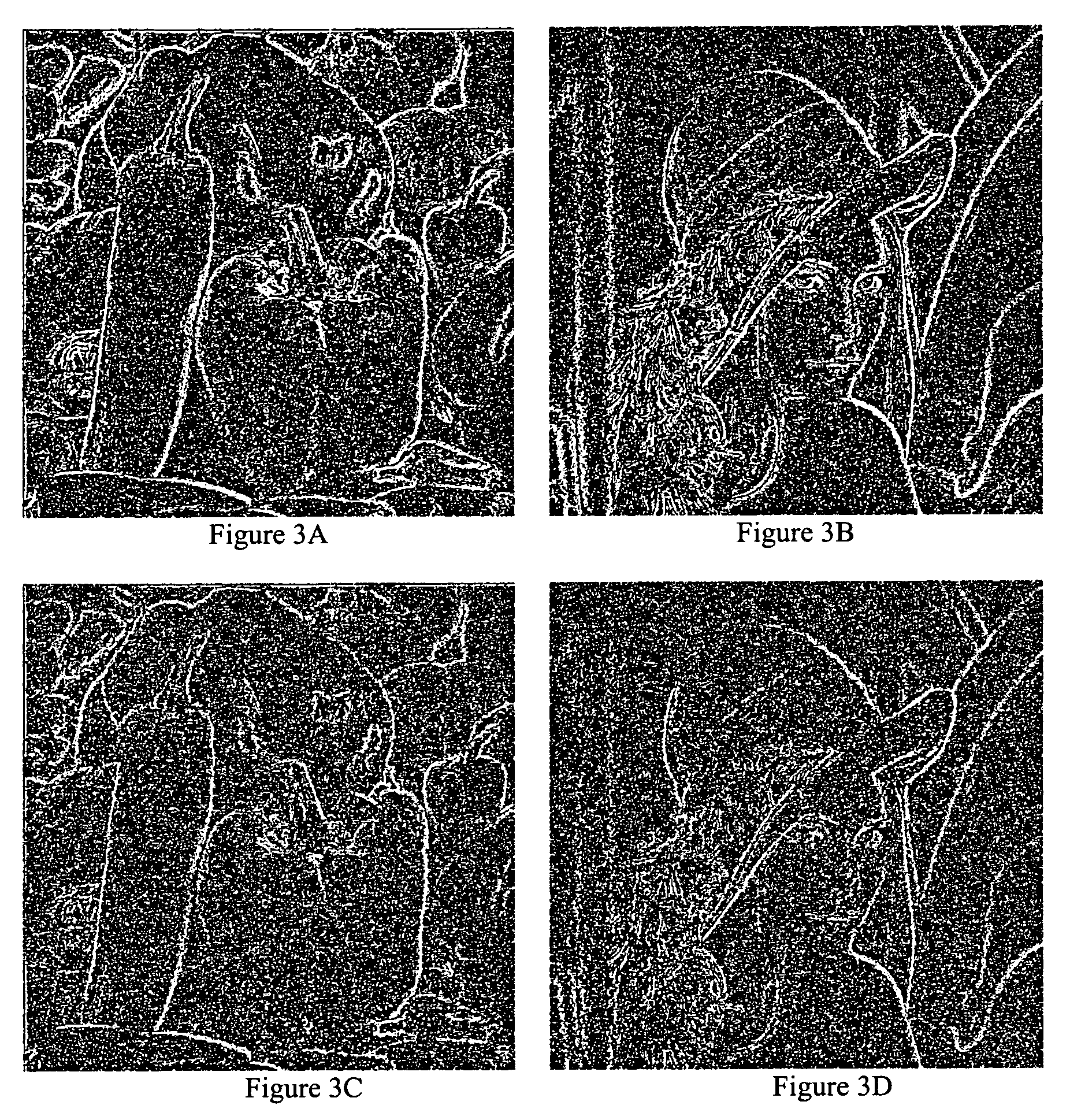Image denoising based on wavelets and multifractals for singularity detection and multiscale anisotropic diffusion
a wavelet and multifractal technology, applied in image enhancement, image analysis, instruments, etc., can solve the problems of new distortion generation, image denoising will be regarded as unsuccessful, and the visual quality of the image is not satisfactory, so as to reduce noise, restore the signal components, and reduce noise. the effect of significant reduction
- Summary
- Abstract
- Description
- Claims
- Application Information
AI Technical Summary
Benefits of technology
Problems solved by technology
Method used
Image
Examples
Embodiment Construction
[0019]A preferred embodiment of the present invention, and variations thereon, will be set forth in detail with reference to the drawings, in which like reference numerals refer to like elements or steps throughout.
[0020]The two dimensional (2-D) over-complete dyadic wavelet transform (DWT) is used to represent an image for multiresolution analysis, since it can facilitate the exploration of the inter-scale dependence of wavelet coefficients for its property of translation invariance.
[0021]Let θ(x,y) be a 2-D smoothing and twice differentiable function, whose integral is equal to 1 and that converges to 0 at infinity. The two wavelets at horizontal and vertical directions are defined as follows:
[0022]ψ1(x,y)=∂θ(x,y)∂x,(1)ψ2(x,y)=∂θ(x,y)∂y.(2)
[0023]The dilation of the 2-D wavelets by scale 2j is denoted by
[0024]ψ2jk(x,y)=2-2jψk(x2j,y2j),k=1,2(3)
[0025]By assuming that an image ƒ(x,y) is a 2-D measurable and square-integrable function such that ƒ(x,y)εL2 (R2), the associated 2-...
PUM
 Login to View More
Login to View More Abstract
Description
Claims
Application Information
 Login to View More
Login to View More - R&D
- Intellectual Property
- Life Sciences
- Materials
- Tech Scout
- Unparalleled Data Quality
- Higher Quality Content
- 60% Fewer Hallucinations
Browse by: Latest US Patents, China's latest patents, Technical Efficacy Thesaurus, Application Domain, Technology Topic, Popular Technical Reports.
© 2025 PatSnap. All rights reserved.Legal|Privacy policy|Modern Slavery Act Transparency Statement|Sitemap|About US| Contact US: help@patsnap.com



